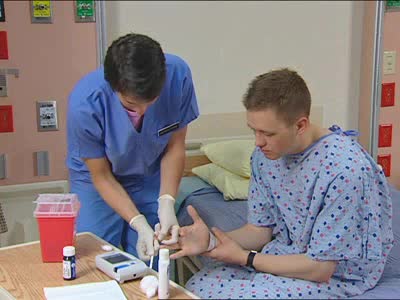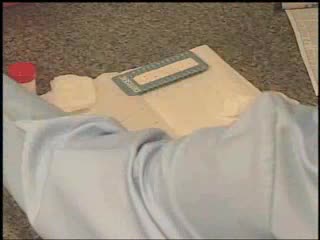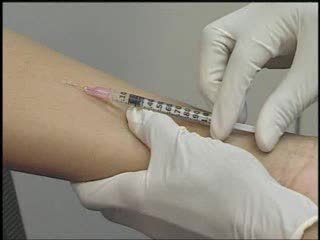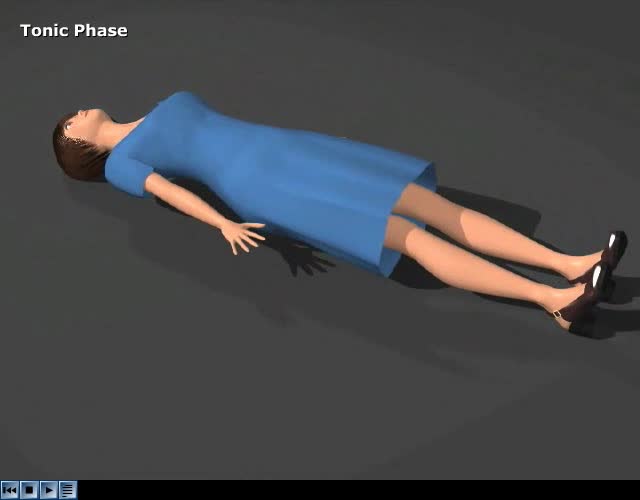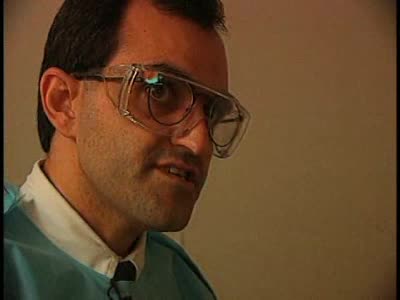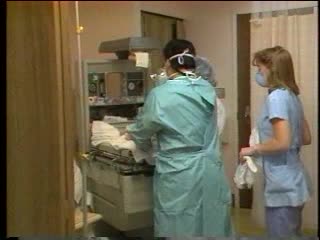Search Results
Results for: 'test a person's DNA'
SNP Polymorphysim Microarray Chip - How to Test a Person's DNA
By: HWC, Views: 5942
To test a person's DNA, a researcher first needs a source of tissue. Most of the cells in a blood sample are red blood cells, which lack nuclei, but there are also a number of white blood cells, which do contain nuclei and chromosomal DNA. If we could see a particular DNA sequence in these cel...
By: Administrator, Views: 9840
Hb A1C Test Blood test used to: diagnose diabetes identify people at risk of developing diabetes monitor how well blood sugar levels are being controlled by the diabetic patient Fasting Blood Sugar (FBS) Test performed on blood to determine the level of sugar in the bloodstream. Also ref...
By: Administrator, Views: 9477
How blood tests are performed by a professional nurse.
By: Administrator, Views: 9594
Tuberculosis Skin Tests: - Test performed to identify the presence of the Tubercle bacilli. - The tine, Heaf, or Mantoux test are used.
Interview with Person who has Schizophrenia
By: Administrator, Views: 10186
Schizophrenia is a mental disorder characterized by abnormal behavior, strange speech, and a decreased ability to understand reality. Other symptoms include false beliefs, unclear or confused thinking, hearing voices that do not exist, reduced social engagement and emotional expression, and lack ...
By: Administrator, Views: 9625
Status epilepticus (SE) is a single epileptic seizure lasting more than five minutes or two or more seizures within a five-minute period without the person returning to normal between them. Previous definitions used a 30-minute time limit. The seizures can be of the tonic–clonic type, with a re...
By: Administrator, Views: 9885
Sigmoidoscopy is also a diagnostic test for people who have rectal bleeding, a change in bowel habits, or other symptoms. Finding polyps in the lower part of the colon means there is a higher chance of having them elsewhere in the colon.
Interview with Person having Obsessive Compulsive Disorder
By: Administrator, Views: 9603
Obsessive–compulsive disorder (OCD) is a mental disorder in which a person feels the need to perform certain routines repeatedly (called "compulsions"), or has certain thoughts repeatedly (called "obsessions"). The person is unable to control either the thoughts or activities for more than a sh...
Labor and Delivery - Infant Cord Apgar
By: Administrator, Views: 306
As soon as your baby is born, a delivery nurse will set one timer for one minute and another for five minutes. When each of these time periods is up, a nurse or physician will give your baby her first "tests," called Apgars. This scoring system (named after its creator, Virginia Apgar) helps t...
Advertisement




